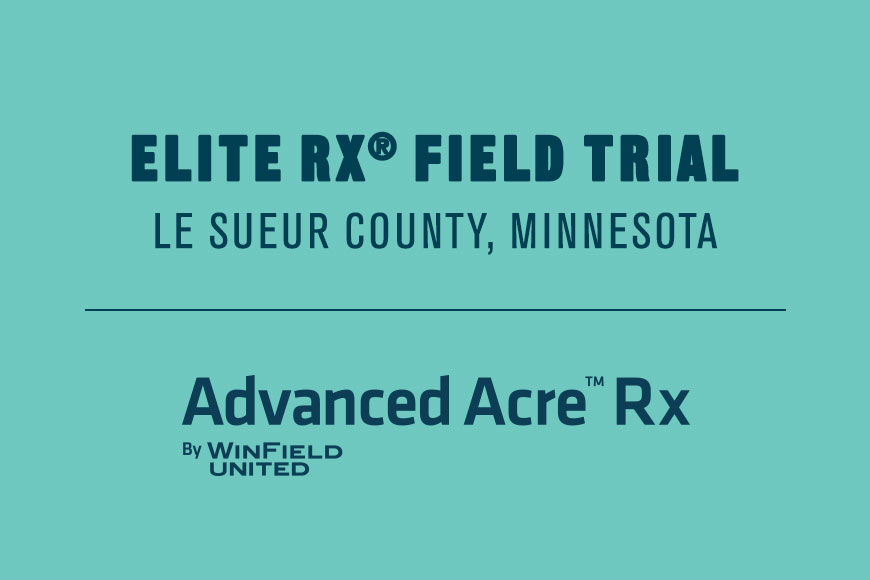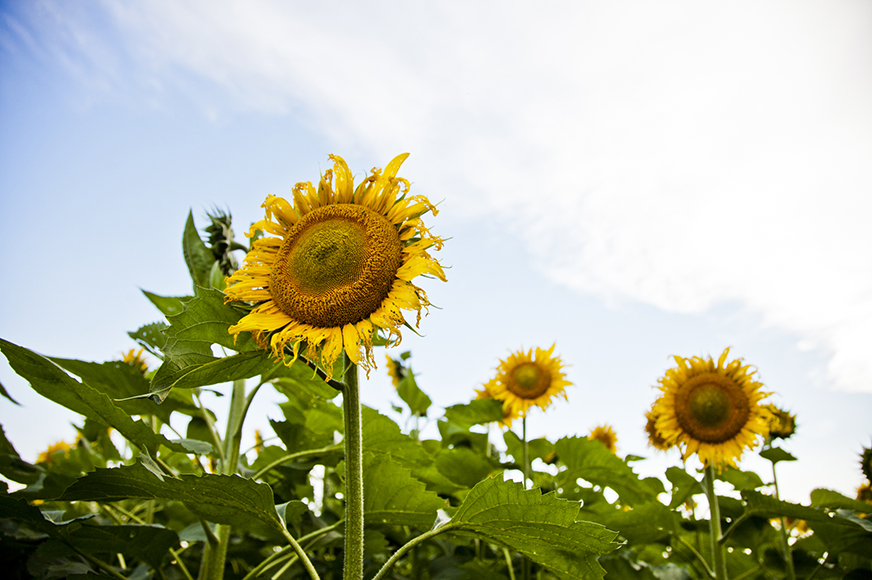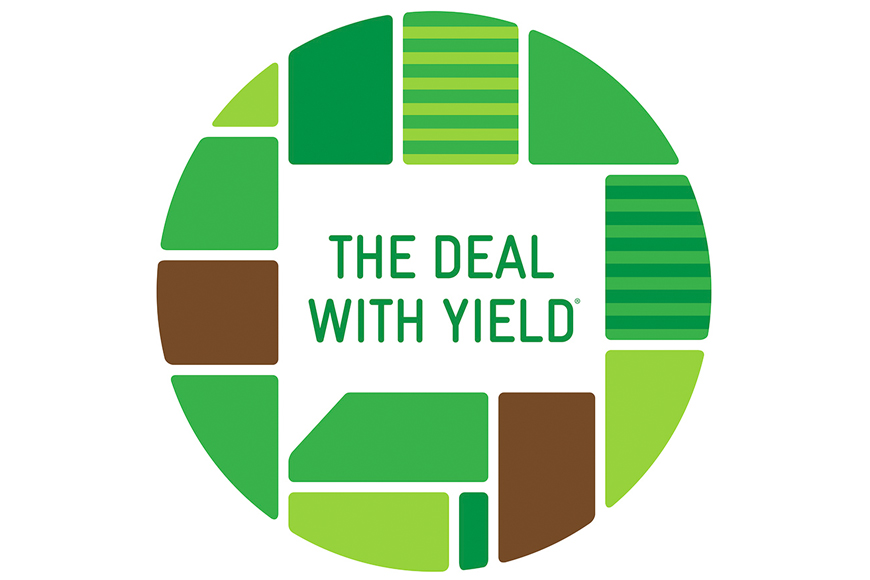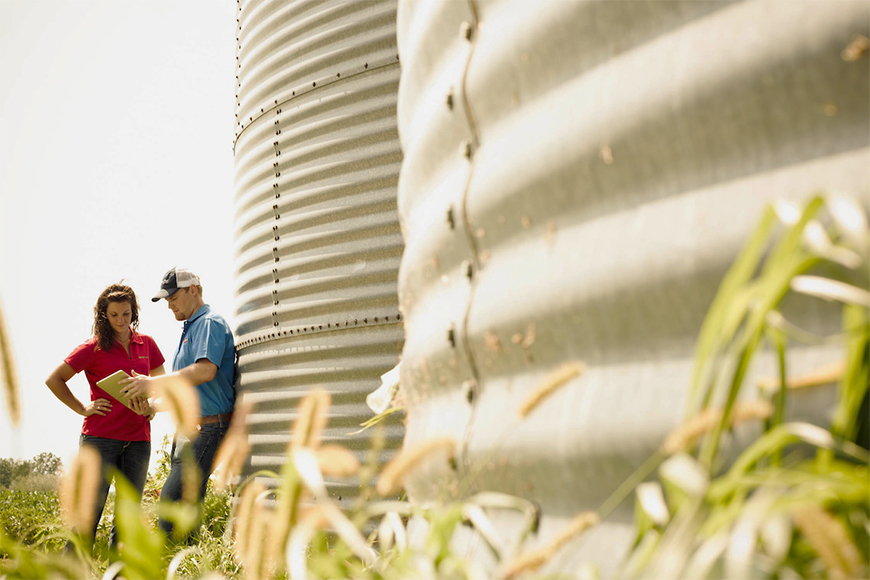Planting Tips Based on Your Tillage System
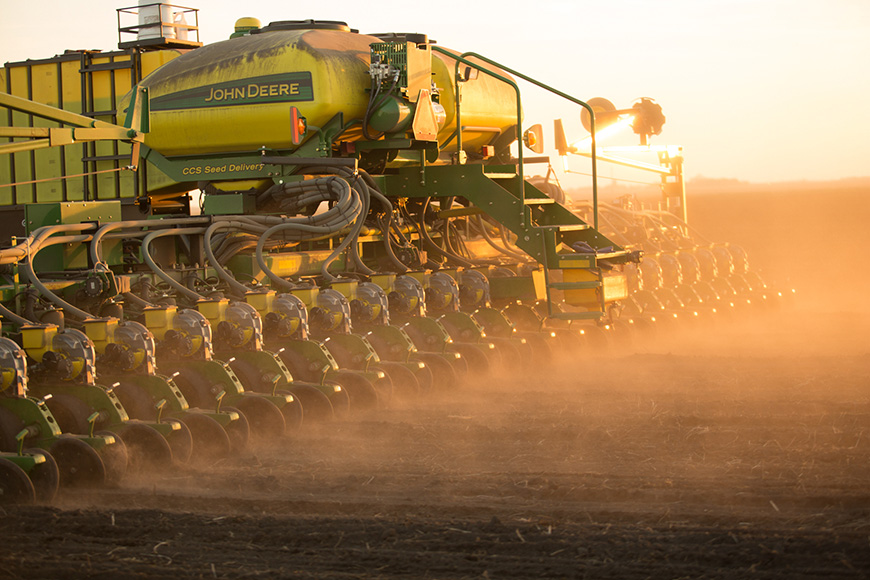
There are several ways tillage can affect planting performance and the overall success of your crop at season’s end. As with any production decision, you’ll have to balance the pros and cons of each tillage method to find the right fit for your operation. Here are a few considerations to keep in mind for planting, depending on your tillage program.
Weeds are effectively managed in conventional tillage programs, making it simpler to plant into clean fields in the spring. In addition to giving farmers another tool to manage weeds, conventional tillage enables more flexibility with spring herbicide programs if weather or logistical issues cause application delays.
While conventional tillage helps dry soil out for planting, it can be a double-edged sword if conditions turn dry later in the season. Other tillage methods that retain more residue can help soil moisture, which can be beneficial during hot, dry conditions.
Adequate weed control may be more challenging in conservation tillage programs as herbicides may bind to plant residue and reduce consistent spray coverage. Many herbicide labels recommend adjusting rates to account for extra residue in fields.
Growers may rely more heavily on herbicides for weed control on no-till acres than conventional tillage operations. Soil-applied herbicides requiring mechanical incorporation aren’t practical in no-till situations, so there may be fewer preemergence herbicide options than conservation or conventional tillage programs. In addition, you may need to apply higher rates to account for the extra residue in fields. Penn State University recommends increasing residual herbicide rates for grass weeds by 10-25% above rates for conventional tillage systems if substantial amounts of residue are present in fields.
In Minnesota, cover crops are generally terminated by a winter kill and then tilled under in the spring ahead of planting. For growers further south, a spring herbicide burndown application is often applied two to four weeks before planting to terminate cover crops. For adequate control, growers need to consider the cover crop species, the following cash crop to account for herbicide rotation restrictions, the weather conditions and herbicide rates. You’ll likely need a more complex herbicide tank mix to terminate a cover crop mix because each species in the mix will have a different sensitivity to burndown herbicides.
If you’re considering moving from conventional tillage to a low- or no-till system, it becomes more challenging to manage the seedbed preparation. When you stop tilling the field, you can’t manipulate residue cover or easily level off the seedbed. You’ll likely need to invest in a no-till planter that is equipped with trash whippers or residue cleaners to clear the 6-8 inch band you want to plant into. Be sure that the settings are aggressive enough to remove the residue you want without creating trenches that could cause agronomic issues for planting.
Adding extra residue to your fields can have additional agronomic impacts you’ll need to prepare for. For example, your fields may have different weed profiles, and extra residue will affect nutrient cycling. More residue means cooler soils and potentially more risk for disease and insect pressure, so you’ll need to reevaluate your seed and seed treatment choices, too.
Each tillage system has benefits and limitations, but no matter what type of tillage you choose, the goal at planting remains the same: to prepare a seedbed that gives the crop the best start possible. For more information about tillage and cover crop management, contact your WinField® United retailer.
All photos are either the property of WinField United or used with permission.
© 2022 WinField United. Important: Before use always read and follow label instructions. Crop performance is dependent on several factors many of which are beyond the control of WinField United, including without limitation, soil type, pest pressures, agronomic practices and weather conditions. Growers are encouraged to consider data from multiple locations, over multiple years and to be mindful of how such agronomic conditions could impact results. WinField is a trademark of WinField United. All other trademarks are the property of their respective owners.
Conventional Tillage
Conventional tillage remains a common choice for growers with shorter growing seasons who need to warm and dry their soils ahead of planting. In my area of Minnesota, we try to get as much primary tillage done in the fall as possible to incorporate residue, melt snow and prepare soils for spring planting. A trend toward earlier planting favors conventional tillage, especially in northern areas where planting can be delayed due to weather conditions. The more growing degree units our crops can capture, the better chance they have of meeting their full yield potential. Conventional tillage is an excellent tool to help promote warmer, drier soils and a clean seedbed to get the crop off to a strong start.Weeds are effectively managed in conventional tillage programs, making it simpler to plant into clean fields in the spring. In addition to giving farmers another tool to manage weeds, conventional tillage enables more flexibility with spring herbicide programs if weather or logistical issues cause application delays.
While conventional tillage helps dry soil out for planting, it can be a double-edged sword if conditions turn dry later in the season. Other tillage methods that retain more residue can help soil moisture, which can be beneficial during hot, dry conditions.
Conservation Tillage
Conservation tillage is becoming a popular option for farmers who want the agronomic benefits of added residue cover and want to optimize their seedbed preparation for planting. Soils may not warm as quickly as conventional tillage, but soil moisture is retained, and there are added benefits of reduced erosion and improved soil structure with conservation tillage. More residue in fields can create more challenges for consistent seed placement, resulting in shallow planting depths, poor root growth, uneven germination and emergence, and season-long yield impacts.Adequate weed control may be more challenging in conservation tillage programs as herbicides may bind to plant residue and reduce consistent spray coverage. Many herbicide labels recommend adjusting rates to account for extra residue in fields.
No-tillage
While the agronomic and economic benefits of no-till farming are enticing, choosing no-till does create more considerations for planting. Without the proper equipment, it may be challenging to get consistent seed depth and adequate seed-to-soil contact. Most modern planters are equipped with trash whippers or residue cleaners to help with seed placement in no-till situations. Still, it’s critical to calibrate the planter’s row cleaning settings based on your field’s residue situation.Growers may rely more heavily on herbicides for weed control on no-till acres than conventional tillage operations. Soil-applied herbicides requiring mechanical incorporation aren’t practical in no-till situations, so there may be fewer preemergence herbicide options than conservation or conventional tillage programs. In addition, you may need to apply higher rates to account for the extra residue in fields. Penn State University recommends increasing residual herbicide rates for grass weeds by 10-25% above rates for conventional tillage systems if substantial amounts of residue are present in fields.
Cover Crops
Cover crops are becoming more popular, but they can also present challenges for planting if they aren’t terminated properly. Poorly terminated crops eventually become weeds in a cash crop as they compete for light, moisture and nutrient resources. They may also interfere with planting, causing plugged equipment and inconsistent seed placement.In Minnesota, cover crops are generally terminated by a winter kill and then tilled under in the spring ahead of planting. For growers further south, a spring herbicide burndown application is often applied two to four weeks before planting to terminate cover crops. For adequate control, growers need to consider the cover crop species, the following cash crop to account for herbicide rotation restrictions, the weather conditions and herbicide rates. You’ll likely need a more complex herbicide tank mix to terminate a cover crop mix because each species in the mix will have a different sensitivity to burndown herbicides.
Changing the Tillage System
If you’re considering making a change to your current tillage system, be sure you’ve considered all the pros and cons of a switch. Moving from no-till to conventional tillage is relatively straightforward: Choose a piece of tillage equipment that fits your soil characteristics and tillage depth requirements, and it’s simple to prepare a nice seedbed for planting.If you’re considering moving from conventional tillage to a low- or no-till system, it becomes more challenging to manage the seedbed preparation. When you stop tilling the field, you can’t manipulate residue cover or easily level off the seedbed. You’ll likely need to invest in a no-till planter that is equipped with trash whippers or residue cleaners to clear the 6-8 inch band you want to plant into. Be sure that the settings are aggressive enough to remove the residue you want without creating trenches that could cause agronomic issues for planting.
Adding extra residue to your fields can have additional agronomic impacts you’ll need to prepare for. For example, your fields may have different weed profiles, and extra residue will affect nutrient cycling. More residue means cooler soils and potentially more risk for disease and insect pressure, so you’ll need to reevaluate your seed and seed treatment choices, too.
Each tillage system has benefits and limitations, but no matter what type of tillage you choose, the goal at planting remains the same: to prepare a seedbed that gives the crop the best start possible. For more information about tillage and cover crop management, contact your WinField® United retailer.
All photos are either the property of WinField United or used with permission.
© 2022 WinField United. Important: Before use always read and follow label instructions. Crop performance is dependent on several factors many of which are beyond the control of WinField United, including without limitation, soil type, pest pressures, agronomic practices and weather conditions. Growers are encouraged to consider data from multiple locations, over multiple years and to be mindful of how such agronomic conditions could impact results. WinField is a trademark of WinField United. All other trademarks are the property of their respective owners.



